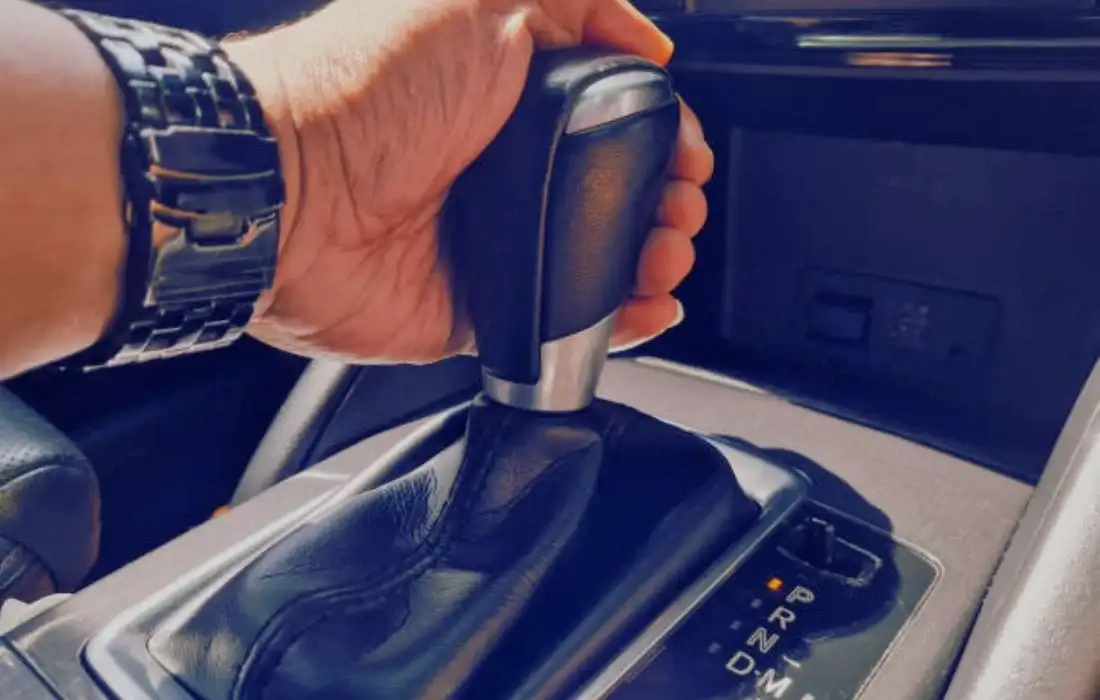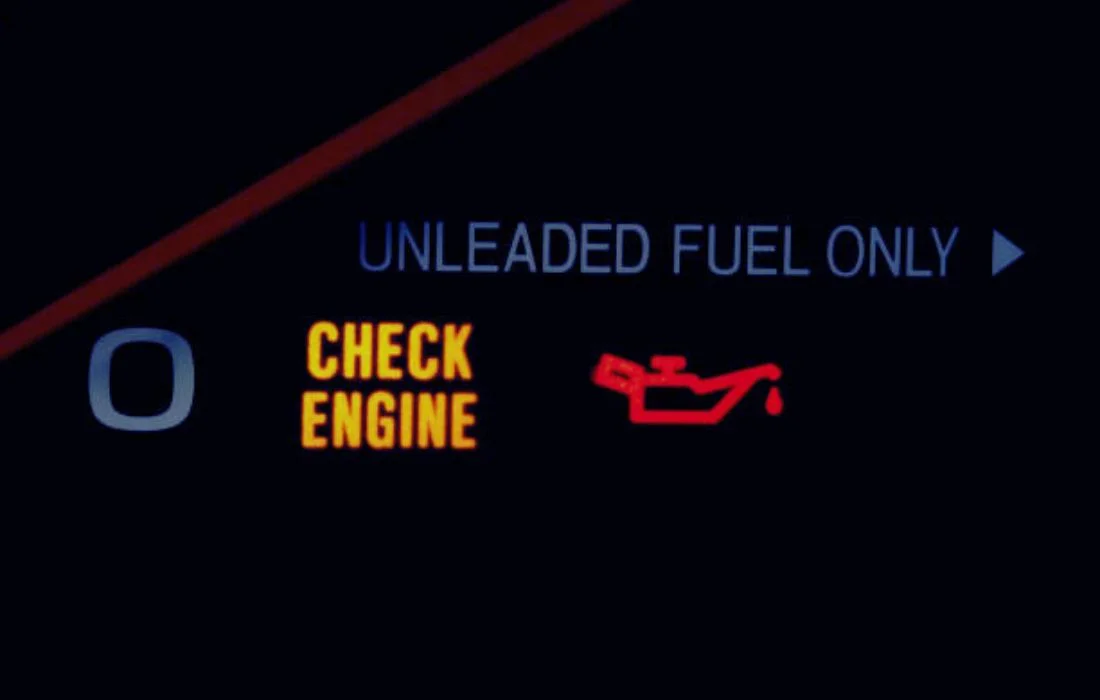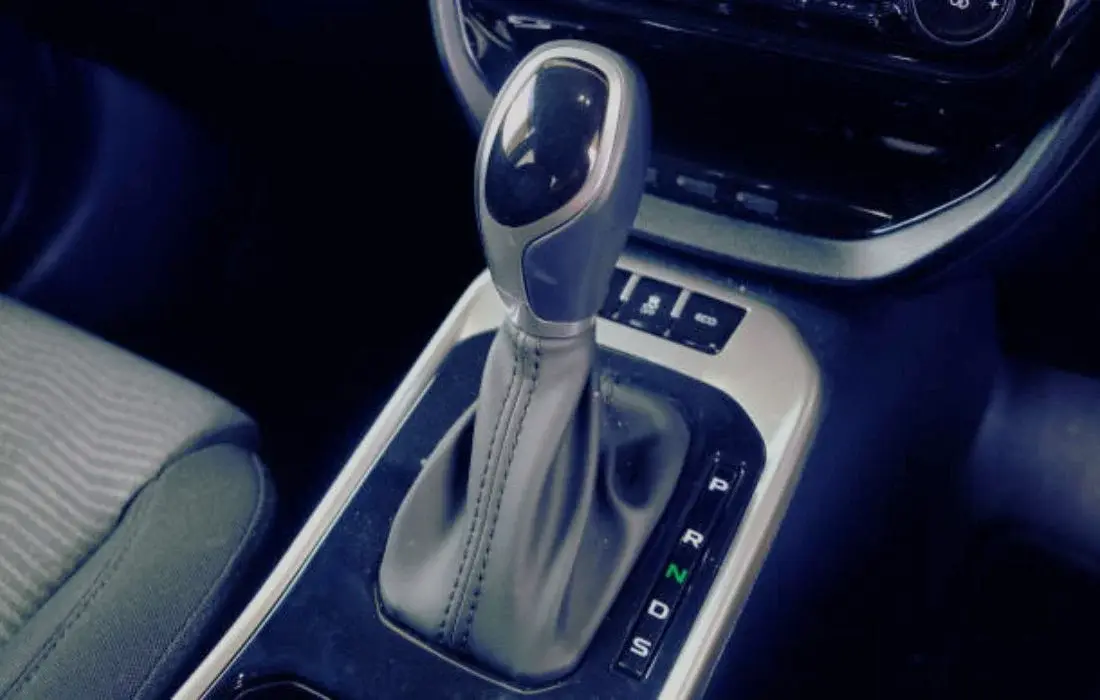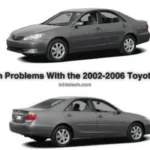Automatic transmissions have held the throne in the automotive world for decades, offering a convenient and stress-free driving experience. While the appeal of manual transmissions persists, the ease of simply shifting an automatic into drive and cruising without much thought has led to a decline in the popularity of stick shifts. However, it’s crucial to recognize that the simplicity of operating an automatic transmission doesn’t grant a free pass to overlook its intricacies.
Designed with precision to facilitate seamless travel, automatic transmissions can become vulnerable when subjected to improper handling. Attempting to employ manual transmission techniques or resorting to unorthodox methods can inflict significant damage, potentially leading to costly repairs or, in extreme cases, a complete breakdown requiring professional intervention.
Shifting Between Drive, Reverse and Park While the Vehicle In Motion
 Shifting between drive, reverse, and park should occur only when the vehicle is stationary. While the three states—driving, reversing, and parking—are inherently incompatible, attempting to switch between them while in motion, whether hastily entering a parking spot or coasting downhill in neutral, poses serious risks. Apart from the inherent safety concerns, such actions can wreak havoc on the transmission, as it is not designed to endure such stress during movement.
Shifting between drive, reverse, and park should occur only when the vehicle is stationary. While the three states—driving, reversing, and parking—are inherently incompatible, attempting to switch between them while in motion, whether hastily entering a parking spot or coasting downhill in neutral, poses serious risks. Apart from the inherent safety concerns, such actions can wreak havoc on the transmission, as it is not designed to endure such stress during movement.
Staying in the Driving Gear While Parked
 Leaving the vehicle in drive while parked is a common oversight that can have adverse consequences. This practice keeps the engine running, leading to overheating over extended periods. An overheated engine is prone to sudden hardware failure, emphasising the importance of shifting to park when stationary to allow the engine adequate rest.
Leaving the vehicle in drive while parked is a common oversight that can have adverse consequences. This practice keeps the engine running, leading to overheating over extended periods. An overheated engine is prone to sudden hardware failure, emphasising the importance of shifting to park when stationary to allow the engine adequate rest.
Flooring the Gas Pedal
 The temptation to floor the gas pedal, commonly known as “launching,” can be enticing, especially for those eager to experience the thrill of acceleration. However, this impulsive act places an intense strain on the transmission, particularly when starting from a complete stop. Careful acceleration is essential, allowing the transmission the necessary time to adjust to higher speeds and preventing potential damage, especially in cold weather.
The temptation to floor the gas pedal, commonly known as “launching,” can be enticing, especially for those eager to experience the thrill of acceleration. However, this impulsive act places an intense strain on the transmission, particularly when starting from a complete stop. Careful acceleration is essential, allowing the transmission the necessary time to adjust to higher speeds and preventing potential damage, especially in cold weather.
Ignoring the Check Engine Light
 Often met with uncertainty and reluctance, the Check Engine light should never be ignored. This warning can indicate issues not only with the engine but also with critical components such as the automatic transmission. Problems like low transmission fluid levels, overheating, gear grinding, or slipping may be signalled by this light. Timely attention to the Check Engine light is crucial, necessitating a visit to a mechanic to diagnose and address potential issues promptly.
Often met with uncertainty and reluctance, the Check Engine light should never be ignored. This warning can indicate issues not only with the engine but also with critical components such as the automatic transmission. Problems like low transmission fluid levels, overheating, gear grinding, or slipping may be signalled by this light. Timely attention to the Check Engine light is crucial, necessitating a visit to a mechanic to diagnose and address potential issues promptly.
Shifting to Neutral While Stopped
 The neutral gear in automatic transmissions serves more as an emergency measure than a routine feature. Unlike manual transmissions, there’s no need to shift to neutral while stopped at a traffic light or intersection. Engaging neutral unnecessarily contributes to wear and tear on the gearbox without any tangible benefits. Additionally, the risk of accidental acceleration in neutral, particularly in traffic situations, makes this practice potentially hazardous.
The neutral gear in automatic transmissions serves more as an emergency measure than a routine feature. Unlike manual transmissions, there’s no need to shift to neutral while stopped at a traffic light or intersection. Engaging neutral unnecessarily contributes to wear and tear on the gearbox without any tangible benefits. Additionally, the risk of accidental acceleration in neutral, particularly in traffic situations, makes this practice potentially hazardous.
Conclusion
In culmination, the longevity and optimal performance of an automatic transmission rely on adhering to proper usage practices and promptly addressing any warning signs. While the convenience of automatic transmissions is undeniable, a conscientious approach to driving and regular maintenance is key to ensuring a smooth and trouble-free journey on the road.










